Viceroy’s House
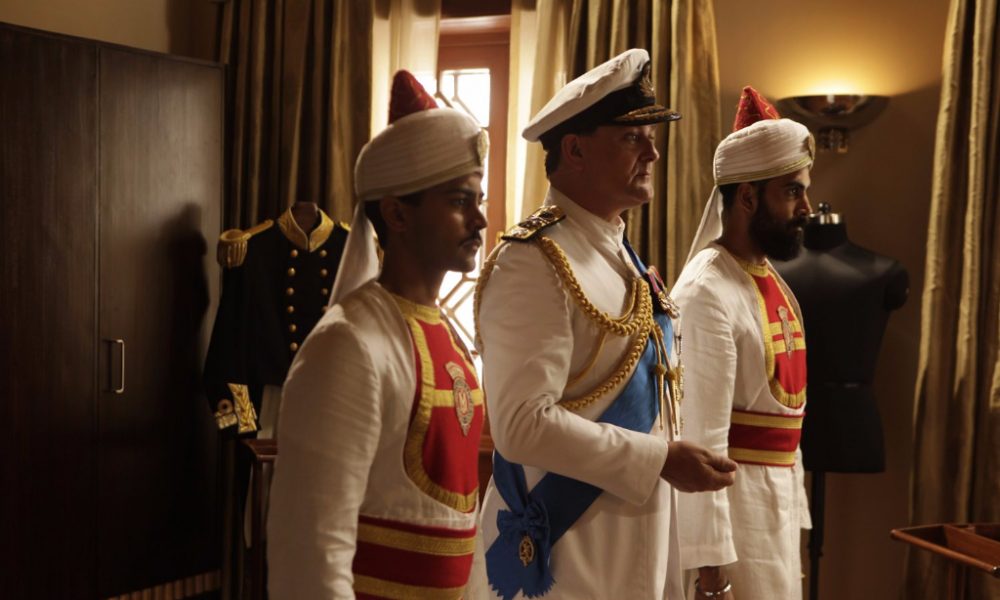
Directed by Gurinder Chadha, Viceroy’s House is the new historical drama set during the partition of India in 1947. Hugh Bonneville and Gillian Anderson play Viceroy Lord Mountbatten and his wife Lady Mountbatten, who took up residence at the house to oversee the British hand over control of the country after 300 years of colonial rule. The story centres around the microcosm of life within the house, and a Romeo and Juliet-style romance between Muslim Jeet and Hindu Aaila (Manish Dayal and Huma Qureshi), as a representation of the emotional turmoil and displacement caused by the policy of siphoning off a Muslim-majority Pakistan from the rest of the country.
Chadha balances the burden of historical accuracy with her skill of telling an engaging story and a desire to represent the period as she understands it. With a personal family connection to partition, she explores the specific moment in history ambitiously and with dedication, moving seamlessly between the sumptuous interiors of the Viceroy’s house, pan outs to the wider context of an unravelling India and edited original footage of bloody riots and speeches. There is an unerring attention to detail from the crockery in the house’s kitchen to the mannerisms of the real historical figures played by her cast, such as Denzil Smith as streak-haired “founder of Pakistan” Jinnah, Tanveer Ghani as leader of independence Nehru, and Neeraj Gabbi as a despairing Gandhi. Chadha is not afraid to tackle taboo topics, for example presenting one of the few negative portrayals of Churchill in his decision to divide India not for its own sake but to safeguard the interests of his own country, although a rumoured closeness between Lady Mountbatten and Nehru is left untouched.
The director’s characters are full bodied, each struggling with their lot within the tragic tale. Crucially, despite being a historical film, Viceroy’s House is suffused with a variously overt and dark humour, carried beautifully by an affable Bonneville and an exacting performance by Anderson as Edwina Mountbatten, who quips back at her husband’s suggestion she may wear herself out by her ambitions to address social issues in the country: “You mean I will wear you out”. A gravely Michael Gambon is a brilliant contrast to Bonneville as a slick, in-the-know General Hastings Ismay while Simon Callow conveys the absurdity of drawing a line through a country as an overheating, exasperated Cyril Radcliffe. Dayal is brimming with energy as Jeet and Qureshi is a beautiful, strong Aaila, and it is through their relationship we see the events through a human lens, moving from gentle banter and flirtation within the house’s grounds to being torn apart as Aaila seeks to save her father.
Viceroy’s House may take its chance to educate its audience about an under-reported period of history (a decent percentage of dialogue is dedicated to explanation) but does so with enough wit and panache to ensure it is thoroughly engaging. And with the 70 year anniversary of partition approaching this summer, and the roots of religious extremism pertinent to say the least, the film seems more timely than ever.
Sarah Bradbury
Viceroy’s House is released nationwide on 3rd March 2017.
Watch the trailer for Viceroy’s House here:

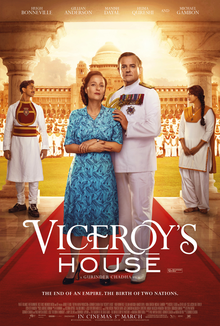
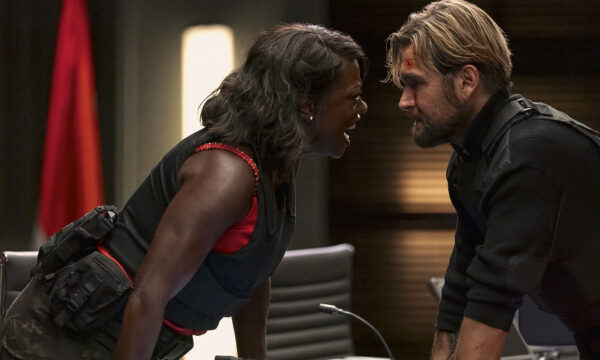
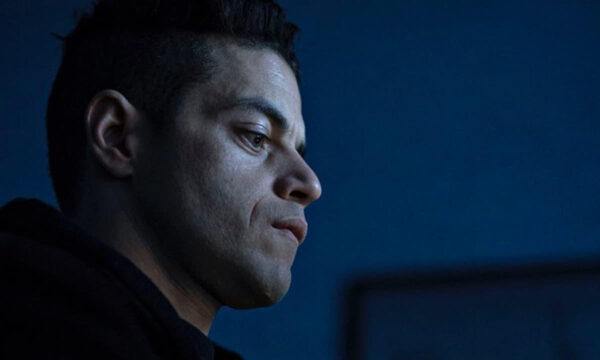
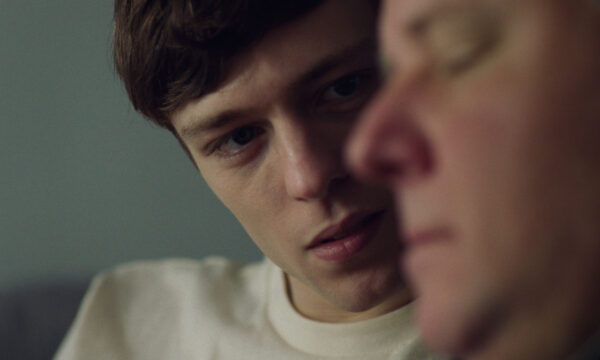

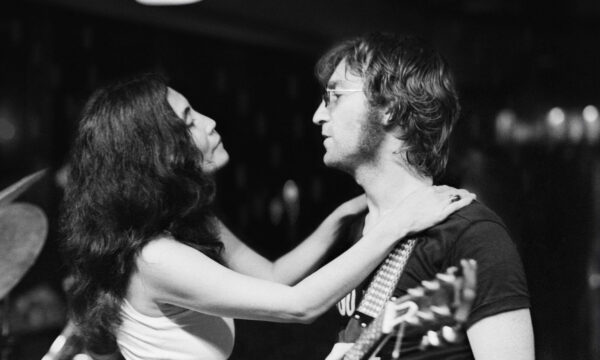
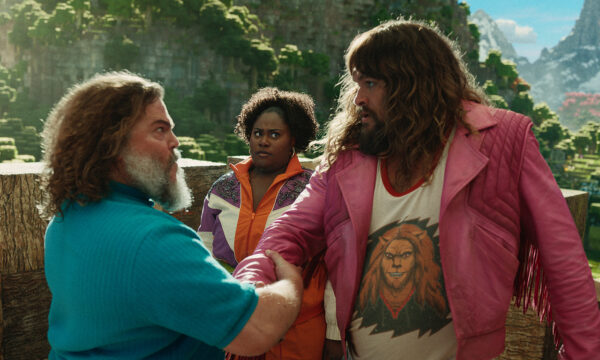

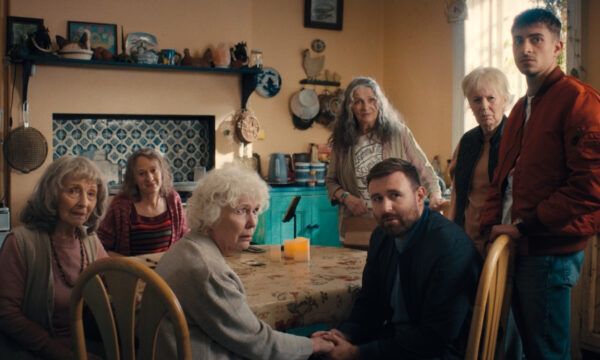














Facebook
Twitter
Instagram
YouTube
RSS